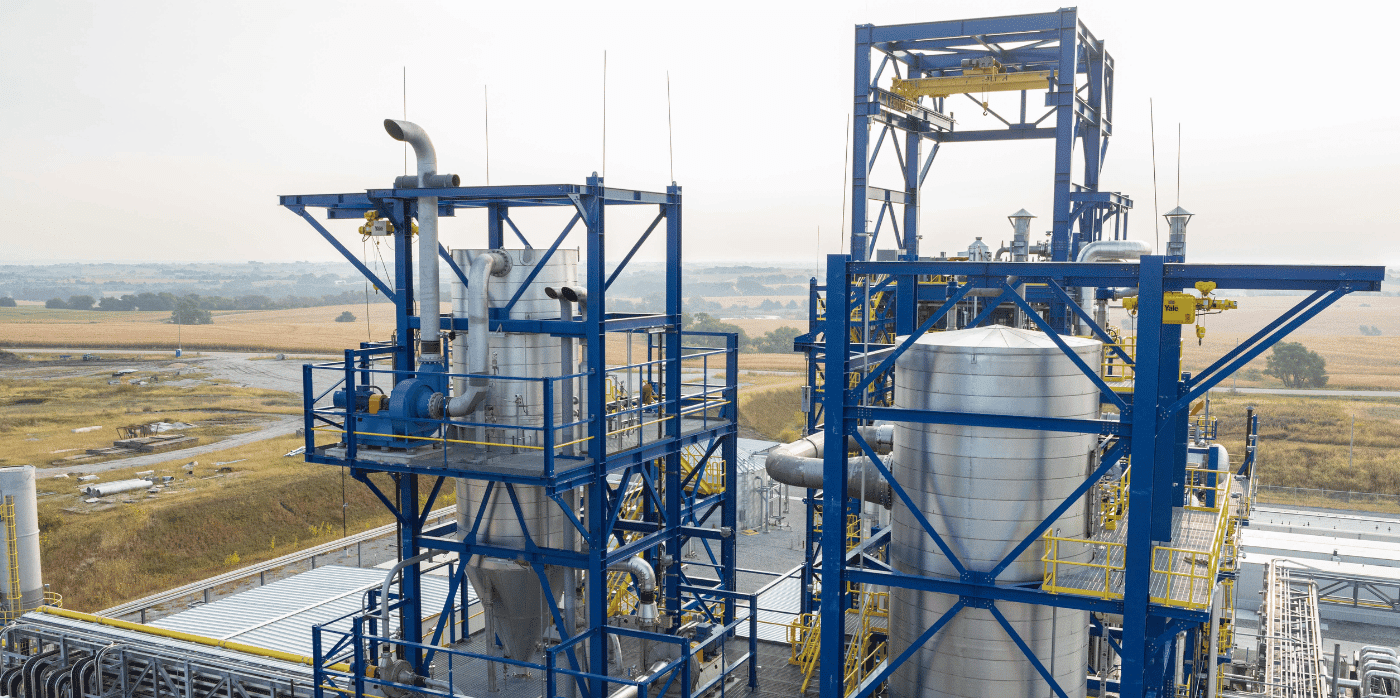Making clean hydrogen and carbon black without combustion

Spotted: Hydrogen has long been touted as a clean fuel for the future. And the International Energy Agency forecasts that global hydrogen demand could reach 115 megatonnes by 2030, although this falls short of the 130 megatonnes needed by the same deadline to meet existing climate targets.
Hydrogen is promising as a fuel because it does not emit CO2 at point-of-use and has a broad range of existing and potential applications – from the power sector to transport and more. However, the way in which the element is produced determines whether or not it is a truly clean fuel.
Today, almost all the hydrogen we use is created from fossil fuels, which means that its production generates significant amounts of CO2. ‘Green hydrogen’ is an often-discussed alternative to fossil-derived hydrogen. It is produced by running an electric current through water to break the bond between the hydrogen and oxygen atoms. If this current is produced from a renewable source, then the entire process is emissions-free. Although very promising, green hydrogen has its own limitations, such as the current high cost of electrolysers needed for its production.
Now, however, US startup Monolith, has developed a new clean way of producing hydrogen. Using a process called methane pyrolysis, the company heats up traditional or renewable natural gas or biogas with renewable electricity. This process heats the gas but does not combust it, which means no CO2 is released. Instead, the bonds between the hydrogen and carbon atoms in the gas are broken, and the two elements are collected separately.
Although Monolith’s process still results in a small amount of greenhouse gas emissions for each kilogramme of hydrogen produced, these are much lower than those produced by traditional fossil-derived hydrogen processes (at 0.45 kilogrammes of CO2 equivalent per kilogramme of hydrogen, compared to 11.3 for steam methane reforming). Moreover, the company claims that the process could be made carbon negative if renewable natural gas is used as feedstock.
The key benefit of Monolith’s technology is that it is more affordable than green hydrogen production and uses seven times less energy than is required to produce hydrogen with electrolysers. The leftover carbon from methane pyrolysis can also be used to produce carbon black, a material that is used in tyres and rubber products and as an ink, black paint, or dye. This carbon black is normally produced in very carbon-intensive ways, so its recovery from Monolith’s process offers a more sustainable alternative.
As hydrogen becomes more important for the energy transition, Springwise has spotted several innovators in the archive working on its clean production, including a company producing next-generation electrolysers, researchers making hydrogen from thin air, and oil-eating bacteria that produce hydrogen from spent oil and gas wells.
Written By: Matthew Hempstead

